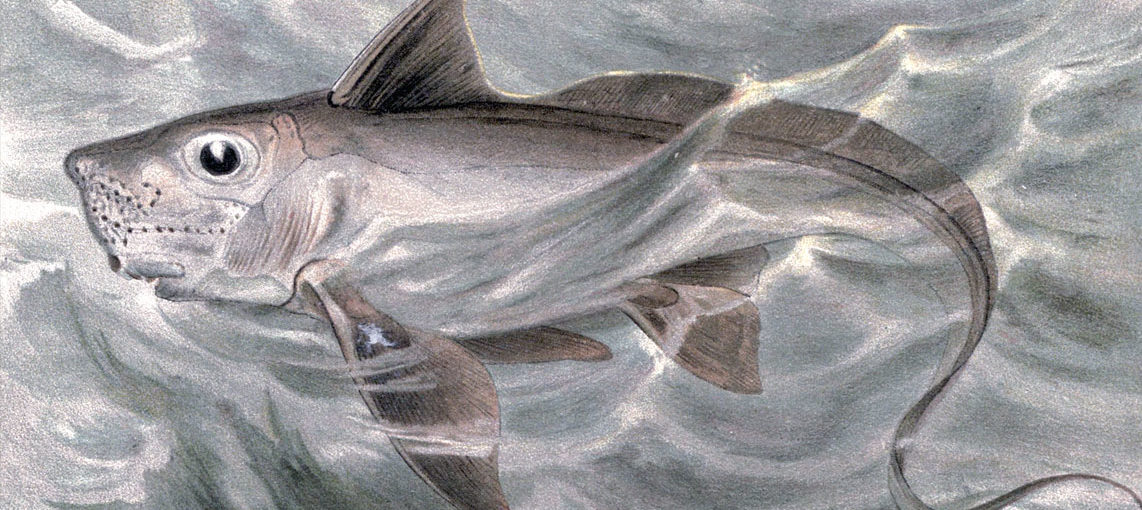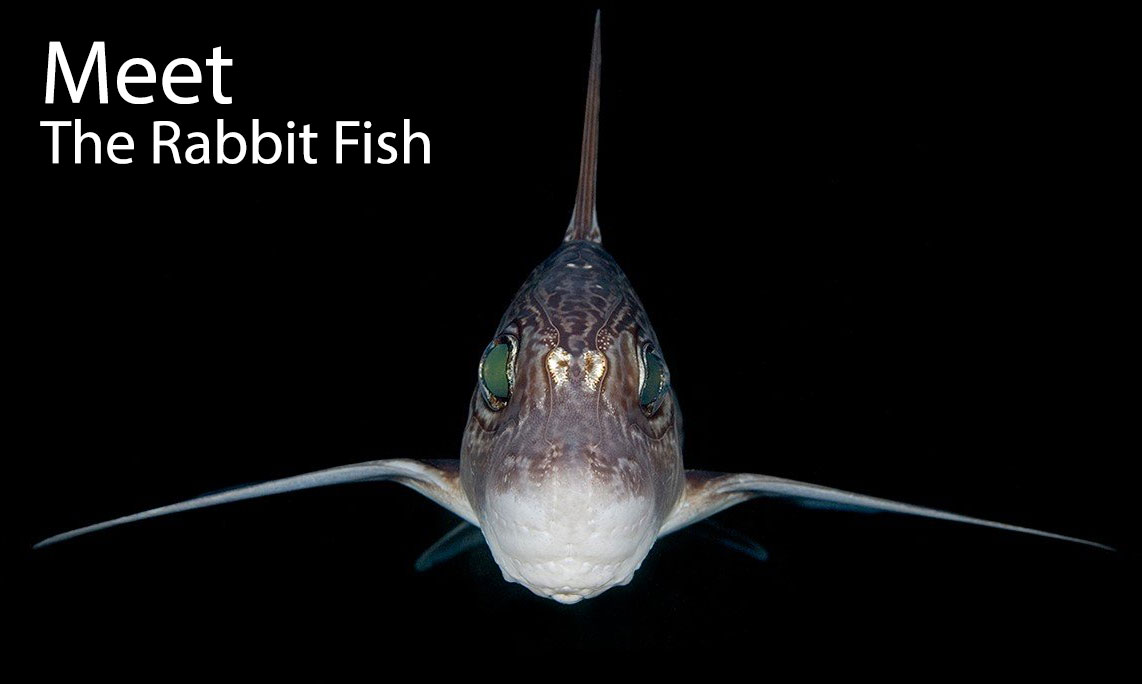 Costa Rica Fishing Species – Meet the Rabbit Fish
Costa Rica Fishing Species – Meet the Rabbit Fish
Chimaera – Also known as ghost sharks, rat fish, spook fish and rabbit fish
In Greek mythology the ‘Chimaera’ was a monstrous fire-breathing hybrid creature.
Chimaera are closely related to sharks, skates and rays. But they diverged from their shark relatives around 400 million years ago. They differ from sharks as they have:
- Upper jaws that are fused to their skull
- 4 gills with one external opening
- 3 pairs of large permanent grinding tooth plates
To date, 50 species of chimaera have been recorded worldwide. Scientists separate these into 3 groups:
- Plow-nose chimaera
- Long-nose chimaera
- Short-nose chimaera
We know relatively little about these mysterious deep-sea animals. As most species are found at depths of over 500m, it’s difficult to study them in their natural habitat. Although there are a few species that live in shallower coastal waters.
WHAT DO THEY LOOK LIKE?
Adult chimaera range from 60-200cm in length. They have long tapering bodies with very large heads. Their colour varies from black to pale blue to brownish grey, with smooth skin. Large translucent-green eyes help them to see in the dark deep-sea. Their large eyes, nostrils and teeth, give them a rabbit-like appearance. Hence their collective nickname ‘rabbit fish’. Not to be confused with a species of chimaera – the Rabbitfish (Chimaera monstrosa). Most species have a venomous spine to defend themselves against predators.
WHAT DO THEY EAT?
Chimaera seem to be opportunist feeders. Feeding mainly on bottom-dwelling invertebrates, such as crabs, molluscs, octopuses, marine worms and sea-urchins. Crushing them with their 3 rows of tooth plates. Like sharks, chimaera use electroreception to find their prey in the dark.
REPRODUCTION
Like skates and some species of shark, chimaera reproduce by laying eggs. They lay these directly on flat sandy or muddy sea-beds. The size and shape of the egg will vary depending on the species. Females lay 2 eggs simultaneously, with several pairs laid each season. Although the exact number remains unknown. Depending on species, it may take 6-12 months for the embryo to hatch.
WHERE DO THEY LIVE?
Chimaera live in all the world’s oceans, except the Antarctic. They’re found at depths ranging from 200-2,600m, and appear to remain within a few metres of the seafloor. They can be found in a variety of habitats. Including volcanic boulders and cobbles, high rocky relief, and soft sediments such as sand and mud.
Some chimaera species are widespread. For example the Rabbitfish can be found throughout the North Atlantic and Mediterranean. While others have a more limited range. The Galapagos Ghostshark seems to live only in the Galapagos Islands.
CHIMAERA IN BRITISH WATERS
In UK and Irish waters 8 species of chimaera have been recorded:
- Rabbitfish
- Opal Chimaera
- Small-eyed Rabbitfish
- Large-eyed Rabbitfish
- Pale Chimaera
- Smallspine Spookfish
- Longnose Chimaera
- Straightnose Rabbitfish
CHIMAERA IN FISHERIES
Around the world chimaera are directly targeted by a small number of fisheries. Particularly in coastal waters.
In New Zealand and Australian waters, the Elephant Fish is commercially targeted and sold as whitefish fillets.
In other parts of the world chimaera may be kept as ‘valued bycatch’ or discarded back into the sea. But once caught many chimaera species don’t survive, due to being hauled up from such depths.
CHIMAERA CONSERVATION
Like sharks, chimaera are vulnerable to commercial fishing pressure. They’re long-lived – it’s thought they live up to 30 years, likely longer. They also reach sexual maturity late and produce few young.
As a deep-sea species, chimaera are at further risk from deep-sea trawling. A largely indiscriminate method of fishing in which they’re caught as bycatch.
[post-carousel-pro id=”5537″]
Join Our Mailing List




















